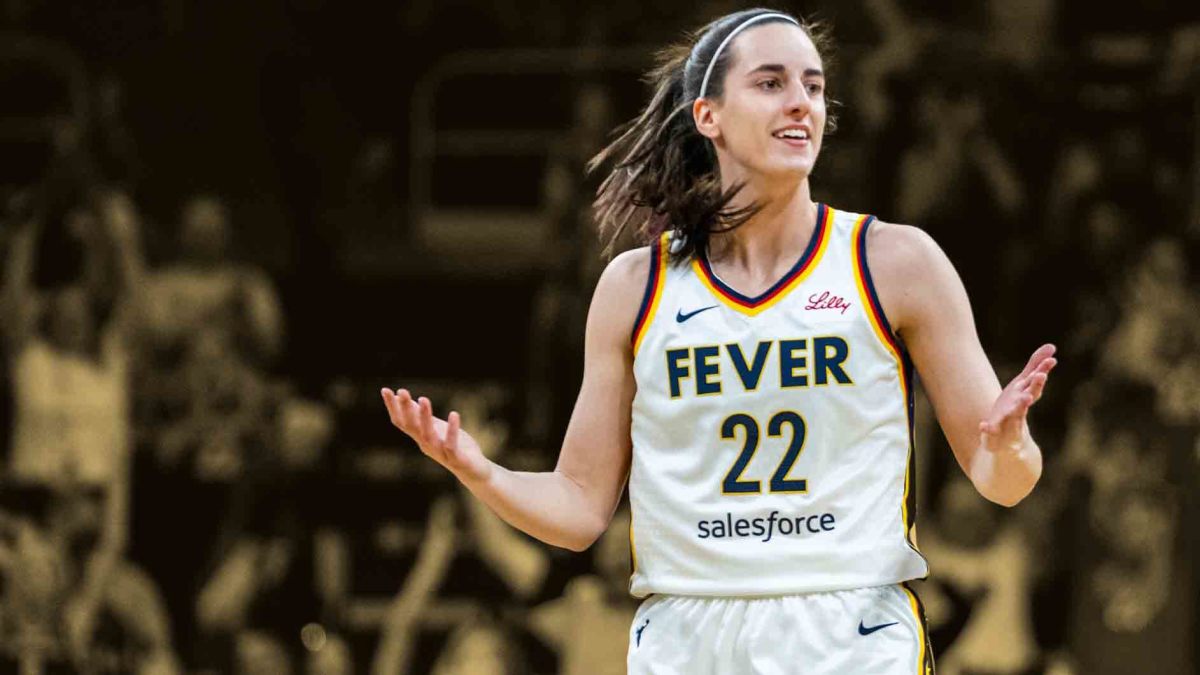Caitlin Clark admits she felt unguardable during her college career: “You get to the pros and it’s like why didn’t people guard me like that” originally appeared on Basketball Network.
The level of ferocity and physicality Caitlin Clark has encountered since the start of the 2025 WNBA season has been extraordinary. Opponents have consistently tested her resilience through aggressive defensive pressure, hard body checks, and constant provocations. Put simply, they have forced Caitlin to adapt to a more demanding style of play, which is very different from what she experienced in college.
Advertisement
This has eventually led the Indiana Fever guard to a humbling realization: during her years at Iowa, the game was much simpler, as one solution was enough for the Hawkeyes to navigate a tough, high-pressure situation. In the WNBA, however, the reality is far more complex.
Clark on the difference between collegiate and WNBA basketball
Across her four seasons with the Hawkeyes, Clark led the nation in scoring and playmaking—an achievement that becomes even more impressive when one considers that each year, she improved on her averages.
Advertisement
During her recent appearance on Sue Bird’s podcast, Caitlin acknowledged that the progression was aided by the disparity in competition at the collegiate level, where not every defender could apply the same kind of high-level pressure that would force elite talent to make mistakes. Thus, that environment allowed her to dominate with relatively less competition.
In contrast, the WNBA standard is unforgiving. With players wanting to thrive among the best athletes in the world, they unhesitantly put their bodies on the line. This makes the defensive schemes more advanced, with no single strategy remaining effective in the long run. As a result, Clark has now realized that the margin of error in the WNBA is almost non-existent.
“You get into pros, and it’s just like, why didn’t people guard me like this? But then you have to take into account that most people in college aren’t going to play professional basketball,” Clark said. “But in college, I feel like all I saw was drop. I rarely saw a show, and if we saw a show, we ran this one play, it’s called ‘C,’ it’s engraved in my brain. I acted like I was coming off a ball screen. We got the post player to kind of show out. I would immediately dribble back to my right… We just continued to run it for four years straight. Literally no one could catch on. Professionally? That doesn’t work.”
Advertisement
Caitlin needs to find new ways to dominate the WNBA
The statistical evidence supports her point. So far in the 2025 season, Clark’s scoring average, field-goal percentage, and three-point efficiency have all dipped compared to her collegiate numbers and rookie campaign. Opponents are studying her tendencies and devising new methods to disrupt her rhythm, whether through aggressive on-ball defense, traps, or sheer physical intimidation. As a result, she understands that relying on the same approach game after game is not enough.
To remain among the league’s elite, she must expand her arsenal, adapt her pace, and identify new ways to create scoring opportunities. Moreover, with the Fever on the verge of fighting for a top spot in the playoffs, Clark will need to devise new methods if she wants to help her team secure a high seed and improve her individual performance dynamically.
Advertisement
This story was originally reported by Basketball Network on Aug 9, 2025, where it first appeared.
